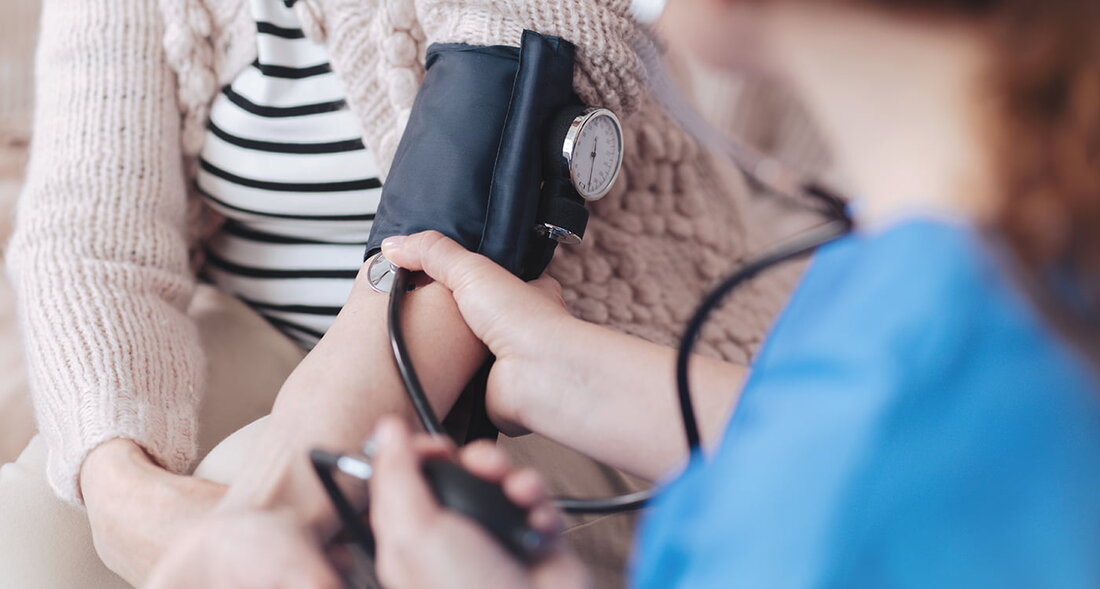Your Lifestyle and High Blood Pressure (Part 2)
Let's get a little quantitative and slightly medical for a while. When you visit your doctor or a legally recognized doctor, blood pressure measurement is one of the basic tests that must be carried out. And after that, they usually scribble some jargons on a piece of paper and probably prescribe you some medicines with cacographic handwriting after that. Blood pressure is measured using a blood pressure monitor tied as a cuff around your upper arm, and the values are documented as a fraction of your highest blood pressure (systolic) to your lowest blood pressure (diastolic). Normal values are in the range of 100-140 mmHg for the systolic and 60-90 ...

Your Lifestyle and High Blood Pressure (Part 2)
Let's get a little quantitative and slightly medical for a while. When you visit your doctor or a legally recognized doctor, blood pressure measurement is one of the basic tests that must be carried out. And after that, they usually scribble some jargons on a piece of paper and probably prescribe you some medicines with cacographic handwriting after that. Blood pressure is measured using a blood pressure monitor tied as a cuff around your upper arm, and the values are documented as a fraction of your highest blood pressure (systolic) to your lowest blood pressure (diastolic). Normal values are in the range of 100-140 mmHg for the systolic and 60-90 mmHg for the diastolic.
Secondary hypertension usually results from an identifiable cause. It's a case of "If Jericho refuses to challenge Israel, Israel must tear down Jericho!" In any case, everyone must know that Israel is winning. This means that primary hypertension can later become secondary hypertension or secondary hypertension can usually occur on its own due to identifiable causes such as renal failure, hyperthyroidism or coarctation of the aorta and so many others. In any case, the body's organs begin to fail. Jericho's Wall begins to fall!
At this point two new concepts suddenly appear. One is called hypertensive emergencies and the other is called hypertensive emergencies. Both involve persistently high blood pressure above normal (about 180/110 mmHg), but the latter usually occurs with evidence of target organ damage. What are these target organs? These include the eyes, kidneys, brain, lungs and heart. Imagine a blind, bedridden person with paralysis and poor kidneys who still has a heart attack. A good example of the living dead. Many patients are usually non-compliant when the doctor says, “Sir, we need to admit you immediately.” This statement is often made when the kidneys have written a letter of termination to the union of body parts and both eyes have decided to divorce.
Is high blood pressure dependent on age?
While high blood pressure is common in adults and is much worse in older people, children are often diagnosed with high blood pressure. However, this is very rare: like finding a bad egg in a warehouse full of shipped boxes. Affected children often do not thrive or develop as they should, have frequent nosebleeds, are easily tired, often breathless, have blurred vision, bouts of irritability and sometimes facial paralysis. When found in children, it is usually an indication of a problem with their kidneys.
I'm pregnant, what's wrong with me?
Hypertension usually occurs in 8-10% of pregnancies worldwide and is considered pregnant if blood pressure increases persistently after 2 check-ups within a 6-hour period between checks. It could be pre-existing hypertension, which must be present before conception. It can also be pregnancy-related and then progress to what is known as preeclampsia, which is characterized by increased protein levels in the urine in addition to increased blood pressure. Preeclampsia occurs in 5% of pregnancies. However, preecmplamsia can further progress to eclampsia, which is a very fatal gestational hypertensive emergency. It is capable of claiming the life of both mother and unborn child. Pregnant women should be examined regularly before birth and have their blood pressure closely monitored and checked if necessary.
Even drugs are culprits.
All substances are potential poisons, the dosage would show. In addition to medication dosage, there are many other factors that can cause adverse drug effects. Medications such as NSAIDS (pain relievers), oral contraceptives such as morning after pills, medications that increase your heart rate, medications that keep fluid in your blood vessels (antidiuretics), and various steroids can cause secondary high blood pressure.
What do I do now?
Hypertension is not the end of life. Visit your doctor and listen to the treatment methods he gives you. Be compliant. This is a serious one. Poorly treated high blood pressure is as good as no treatment at all. Appropriate lifestyle changes are essential here: exercise regularly, reduce salt consumption, avoid a lot of stress, smoking and alcohol consumption should be a no no or at least reduced to non-lethal amounts. You may also want to give up these two habits and seek advice from your doctor. Eat well and sleep well. The DASH diet (Dietary Approach to Stop Hypertension) is recommended here. Your meals should generally contain low-fat dairy products, enough vegetables and whole grains. Fruit is essential even with limited sugary foods and drinks.
Hypertension is another hidden threat in our evolving society. Let us all join hands and fight this together. Without a doubt, health is wealth.
Inspired by Nelson Udeme

 Suche
Suche
 Mein Konto
Mein Konto
